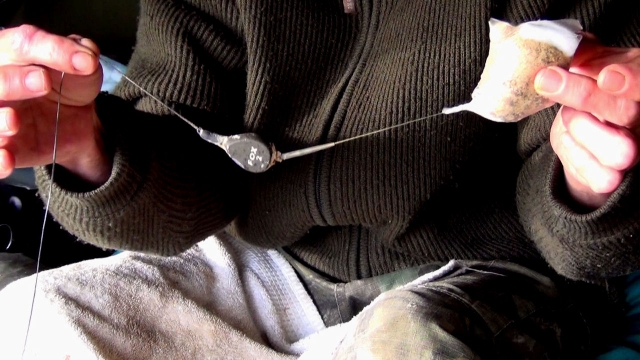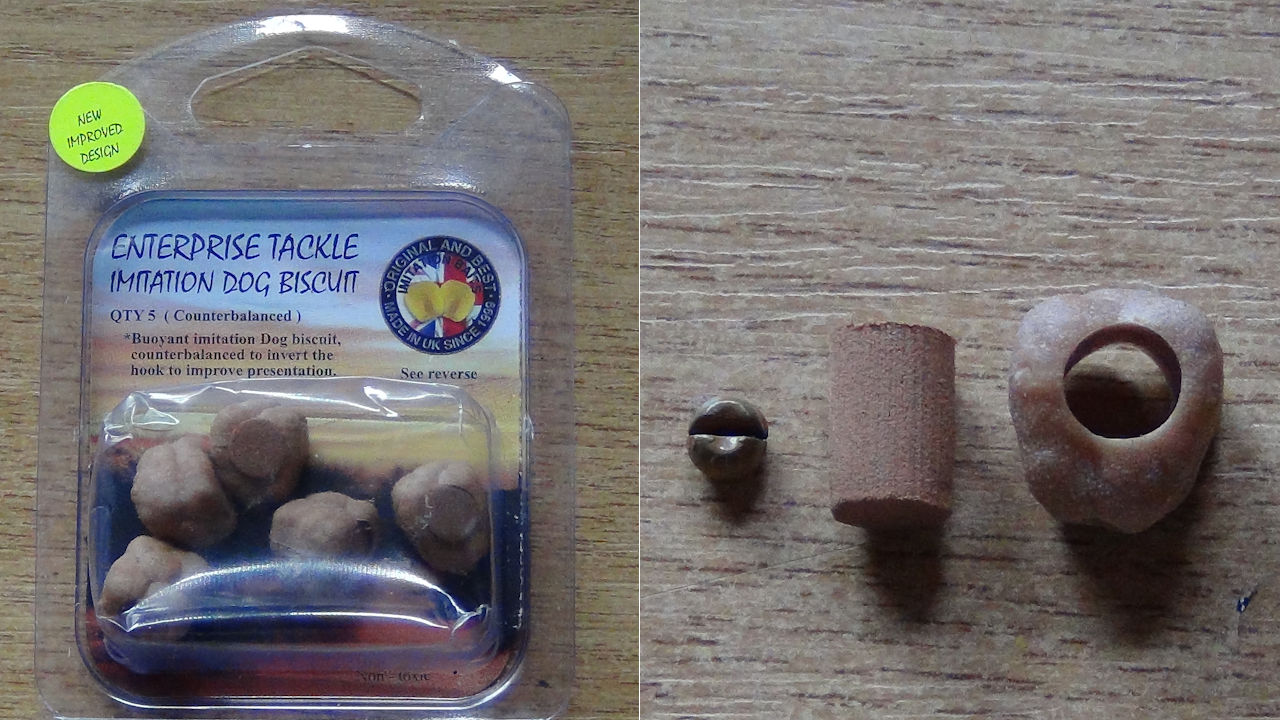
Enterprise Mixers
I have been using 'mixers' since the mid 80's and the false ones for hookers since the early 90's. In all that time the same problem in catching arises and that is fooling the carp into thinking that your hooker is a freebie. On most waters they feed cagily on them, inspecting each and every one before sampling and instantly spitting it out if it's not 'right'.
This caution is most evident when you start to feed them so part of successful mixer fishing is the constant stream of fresh bait into the swim to build up their confidence. My trips to Park farm over summer 2014 proved to me yet again how careful feeding of a swim can really pay off. With a constant stream of mixers going out as freebies the carp will steadily build up confidence but it can take time and so you have to be patient.
When i first started to use mixers there was no fake mixers to use and so i prepared my own hookbaits. All you need to do is grab a handful of mixers straight from the bag, pop them in an air tight container, pour a little boiling water on them and seal. Leave this for a few hours and you will find that the mixers go rubbery allowing you to slide them onto a hook and cast. After a short while in the water they will swell and go soft. A few of these on the hook can hide it quite nicely and fool the fish.
So deception is the key here, fooling the fish into thinking your hookbait is a freebie however that's not the end of it. Once you have achieved this you then of course need to ensure you hook them because if they suss something is wrong they will instantly spit it out.
This caution is most evident when you start to feed them so part of successful mixer fishing is the constant stream of fresh bait into the swim to build up their confidence. My trips to Park farm over summer 2014 proved to me yet again how careful feeding of a swim can really pay off. With a constant stream of mixers going out as freebies the carp will steadily build up confidence but it can take time and so you have to be patient.
When i first started to use mixers there was no fake mixers to use and so i prepared my own hookbaits. All you need to do is grab a handful of mixers straight from the bag, pop them in an air tight container, pour a little boiling water on them and seal. Leave this for a few hours and you will find that the mixers go rubbery allowing you to slide them onto a hook and cast. After a short while in the water they will swell and go soft. A few of these on the hook can hide it quite nicely and fool the fish.
So deception is the key here, fooling the fish into thinking your hookbait is a freebie however that's not the end of it. Once you have achieved this you then of course need to ensure you hook them because if they suss something is wrong they will instantly spit it out.
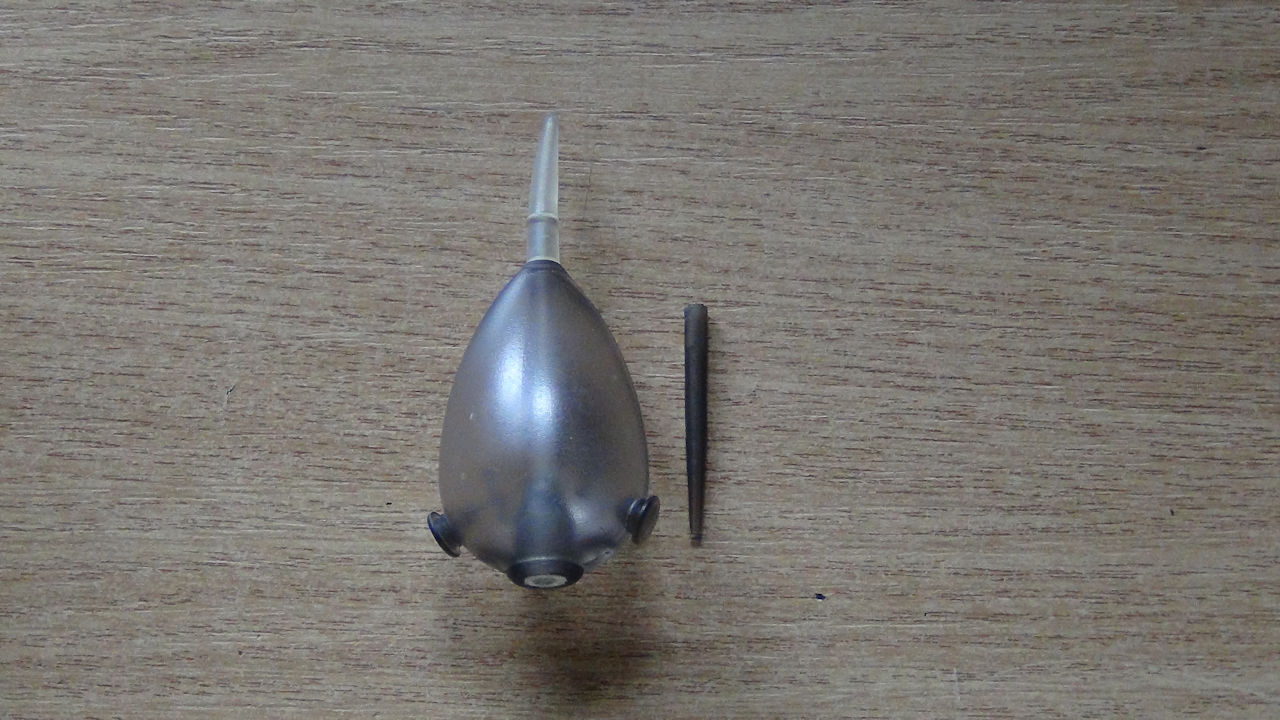
Freelining
With freelining you need to concentrate heavily if you are to succeed as you need to set the hook before they suss it and that over a period of hours can be warring. So freelining is best suited to short sessions where you are moving around stalking and picking off fish. For longer more swim based sessions like the ones i had at Park farm you are better off using a controller float, the kind that hook the fish and so do not need a constant vigil.
You pass the mainline through the middle and attach a swivel with a crook, this swivel is pulled into the rubber fitting on the blunt end forming the semi-fixed part. The rig is then attached via the crook and a rig sleeve pulled over the crook.
With freelining you need to concentrate heavily if you are to succeed as you need to set the hook before they suss it and that over a period of hours can be warring. So freelining is best suited to short sessions where you are moving around stalking and picking off fish. For longer more swim based sessions like the ones i had at Park farm you are better off using a controller float, the kind that hook the fish and so do not need a constant vigil.
Semi-fixed bubble floats
The float i use most when fishing swim based sessions is the Fox inline bubble float which will act like a floating bolt rig.You pass the mainline through the middle and attach a swivel with a crook, this swivel is pulled into the rubber fitting on the blunt end forming the semi-fixed part. The rig is then attached via the crook and a rig sleeve pulled over the crook.
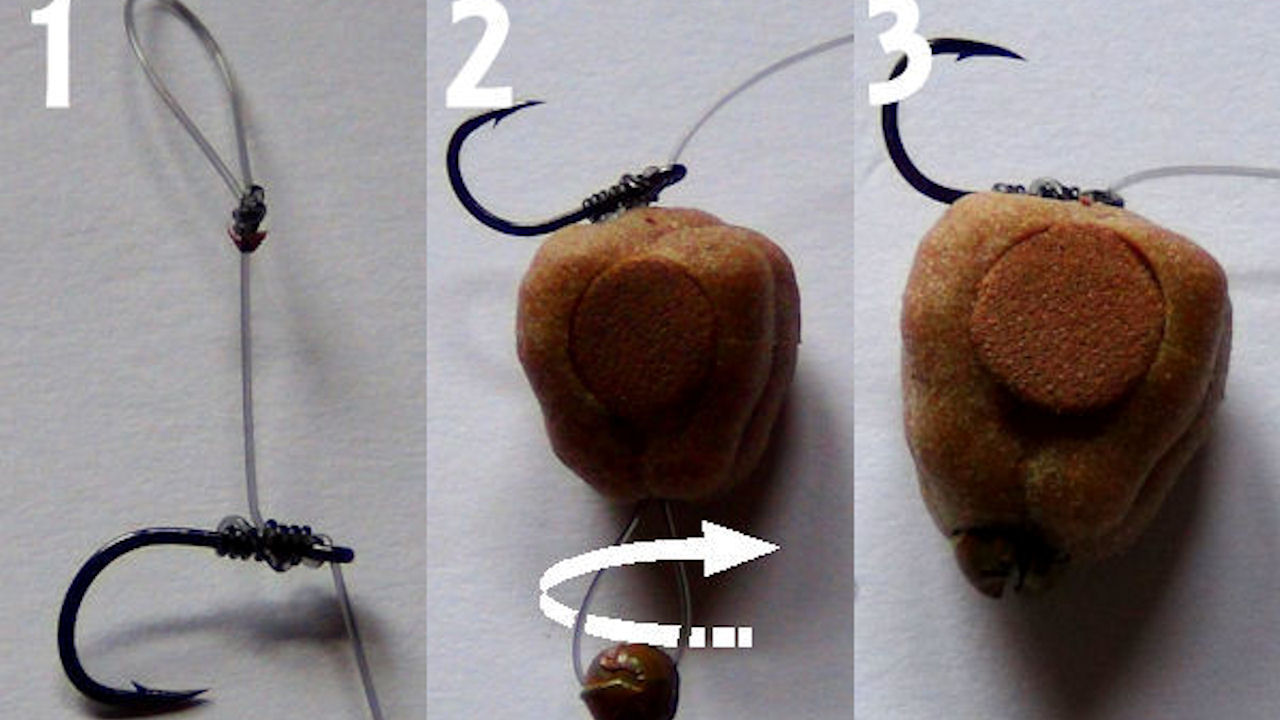
The rig
The way i tie on my Enterprise mixer is simple enough but it has a few tweaks to make it work better.
1. The hook is tied using a knotless knot, four turns see's the hair pulled out and then another four turns behind it. This ensures that the hair is coming off the hook at the right angle and in the right place. My hook lengths are usually around a meter long.
The hooks i used are from G-Point in size 10 fig 5, very light and very strong but there are other patterns you can use
2. The hair is passed through the mixer from the edge of the raised bit on top of the mixer out of the split shot recess fig 6. This is to ensure that the eye lines up with the center of this recess.
The split shot is attached and the hair twisted to decrease it's length and tightly push the split shot back into the recess.
3. The completed rig with the eye aligned.
The way i tie on my Enterprise mixer is simple enough but it has a few tweaks to make it work better.
1. The hook is tied using a knotless knot, four turns see's the hair pulled out and then another four turns behind it. This ensures that the hair is coming off the hook at the right angle and in the right place. My hook lengths are usually around a meter long.
The hooks i used are from G-Point in size 10 fig 5, very light and very strong but there are other patterns you can use
2. The hair is passed through the mixer from the edge of the raised bit on top of the mixer out of the split shot recess fig 6. This is to ensure that the eye lines up with the center of this recess.
The split shot is attached and the hair twisted to decrease it's length and tightly push the split shot back into the recess.
3. The completed rig with the eye aligned.
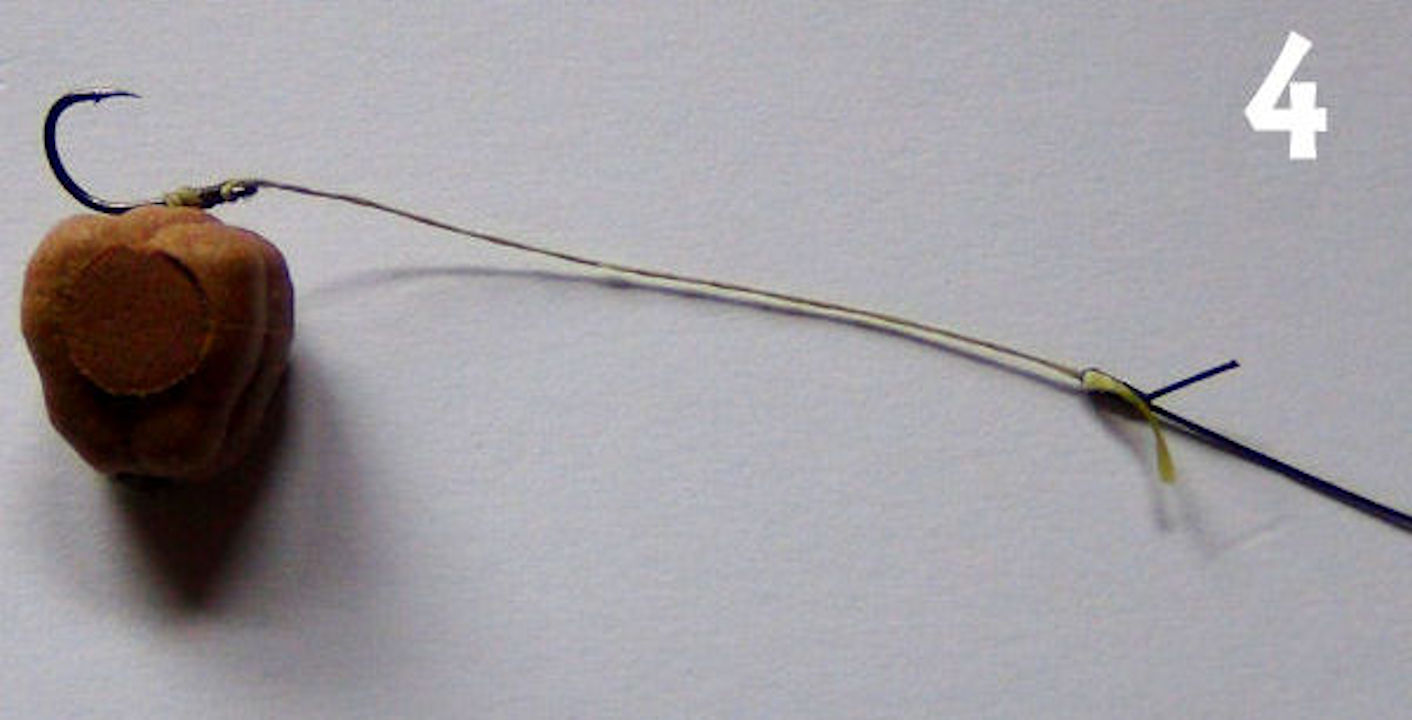
4. The floating combi-rig.
This is a tweak to the standard hooklink and it came about because of a certain problem with presentation.
Monofilament line even in a breaking strain as low as 12lb can still not be supple enough to give you the perfect presentation. What happens is the line pulls and tips the mixer to one side and this can slightly submerge the hook and have the mixer sitting all wrong. I had a number of what i thought where 'perfect presentations' refused because of this little glitch, hence the floating combi-rig.
With the floating combi-rig you have a very supple link which doesn't pull the mixer over as often or as much and this simply gives you more chances of getting a take.
Finally with the eye of the hook inline with the split shot recess you have less tipping and a more stable presentation.
This is a tweak to the standard hooklink and it came about because of a certain problem with presentation.
Monofilament line even in a breaking strain as low as 12lb can still not be supple enough to give you the perfect presentation. What happens is the line pulls and tips the mixer to one side and this can slightly submerge the hook and have the mixer sitting all wrong. I had a number of what i thought where 'perfect presentations' refused because of this little glitch, hence the floating combi-rig.
With the floating combi-rig you have a very supple link which doesn't pull the mixer over as often or as much and this simply gives you more chances of getting a take.
Finally with the eye of the hook inline with the split shot recess you have less tipping and a more stable presentation.
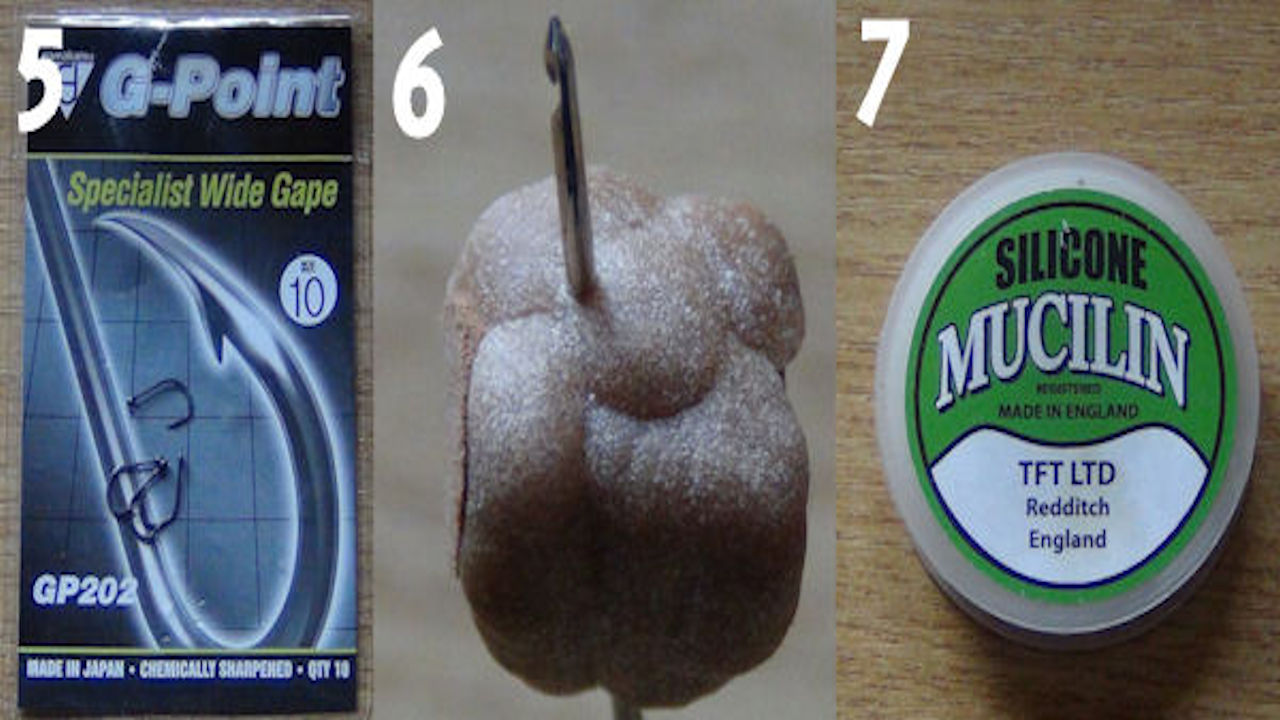
Tweaks
There are of course other things that will affect your success such as wind direction as your mainline will have a tendency to pull your rig off line. This will soon alert the carp and anything out of the ordinary will be rejected. If you can you should always try to fish directly downwind to keep your line behind your rig and controller so that it moves naturally without interference from your mainline.
Last tip is Mucilin fig 7, this is vital to ensure your hooklinks float and sit correctly on the surface.
It's a great way to fish and entire afternoons can whiz by without you ever noticing. It gives you an insight too on how finicky carp can be when taking a bait and how, with constant effort you can be rewarded.
There are of course other things that will affect your success such as wind direction as your mainline will have a tendency to pull your rig off line. This will soon alert the carp and anything out of the ordinary will be rejected. If you can you should always try to fish directly downwind to keep your line behind your rig and controller so that it moves naturally without interference from your mainline.
Last tip is Mucilin fig 7, this is vital to ensure your hooklinks float and sit correctly on the surface.
It's a great way to fish and entire afternoons can whiz by without you ever noticing. It gives you an insight too on how finicky carp can be when taking a bait and how, with constant effort you can be rewarded.
Steve Whitby


